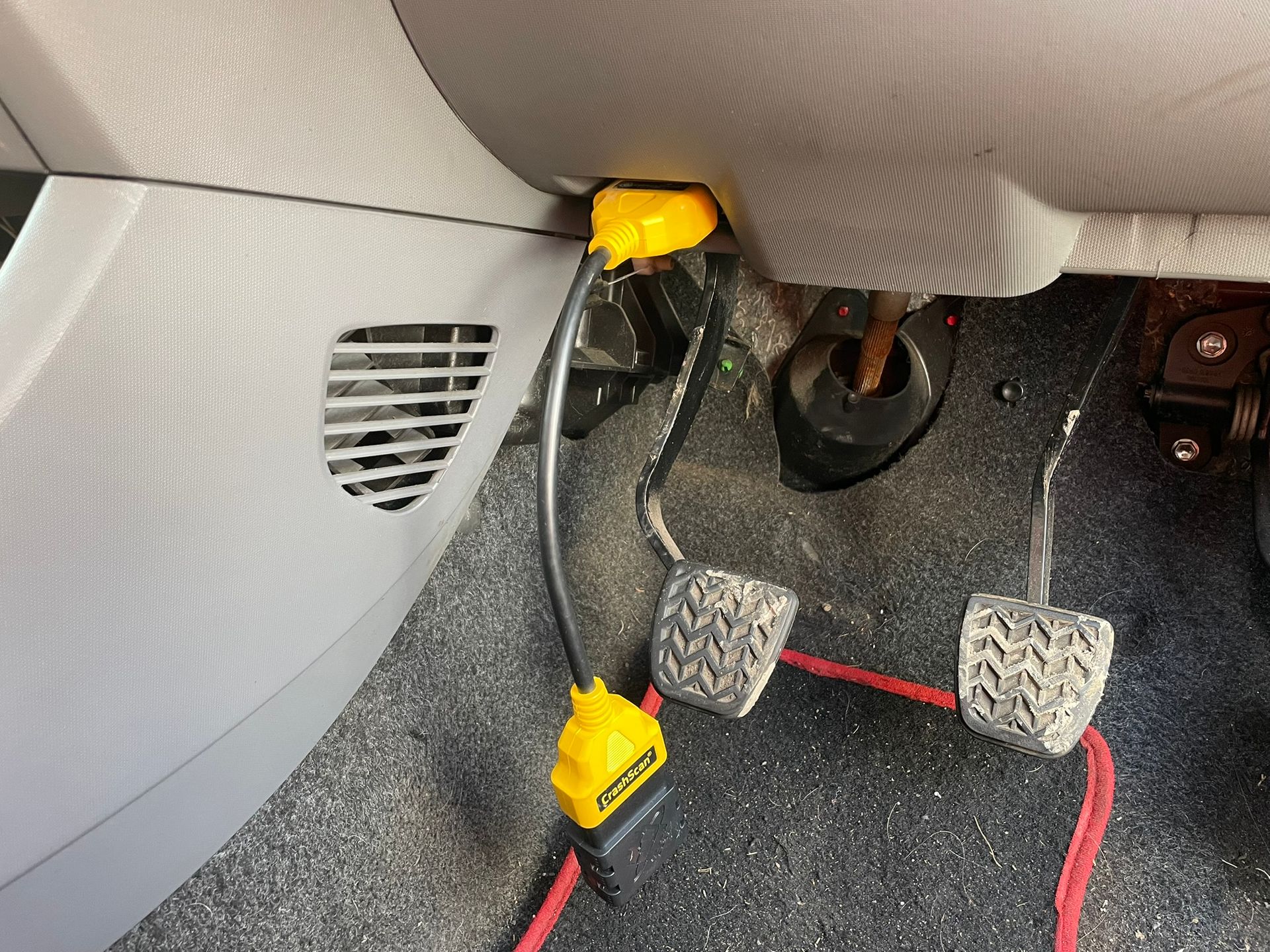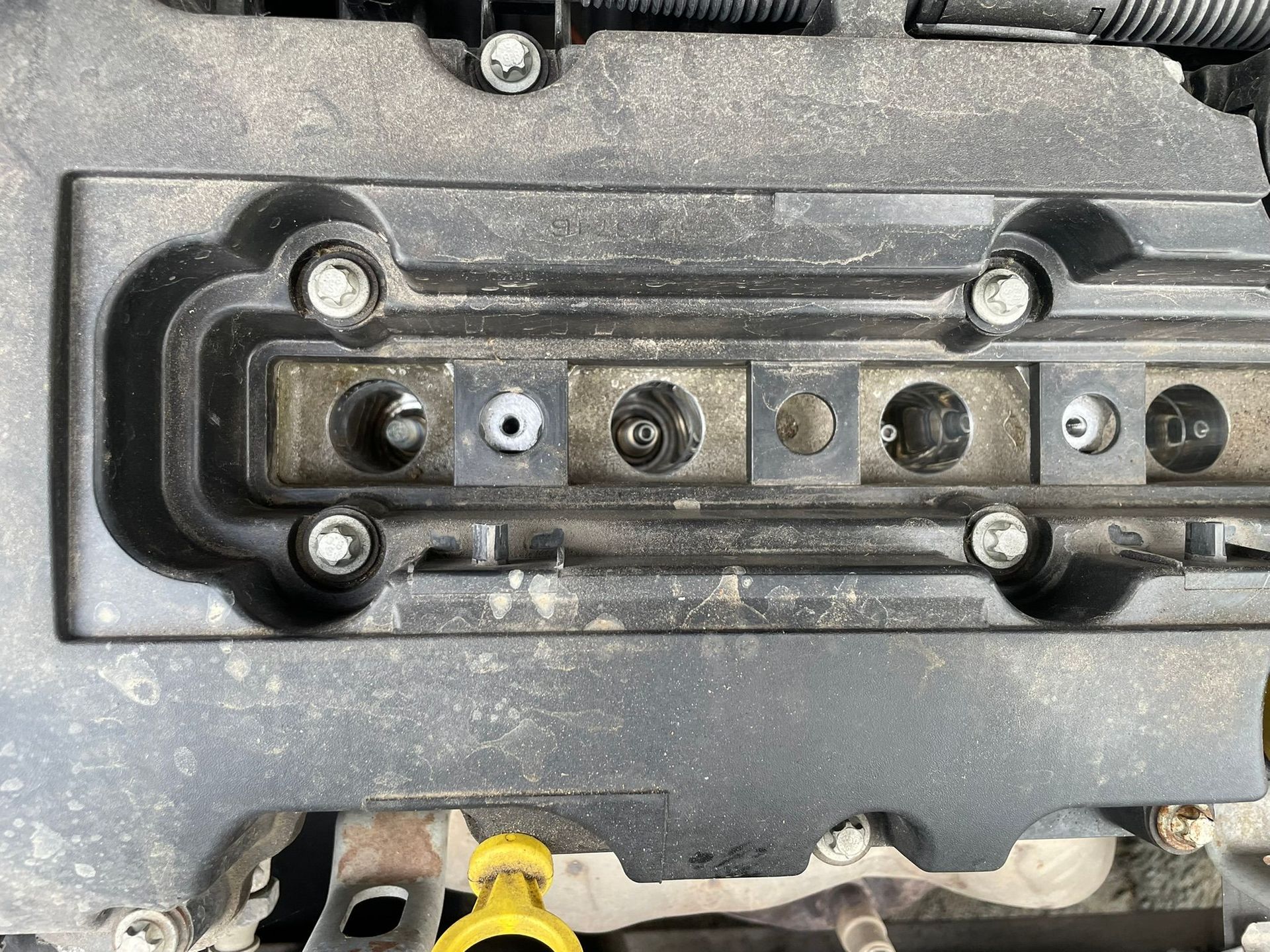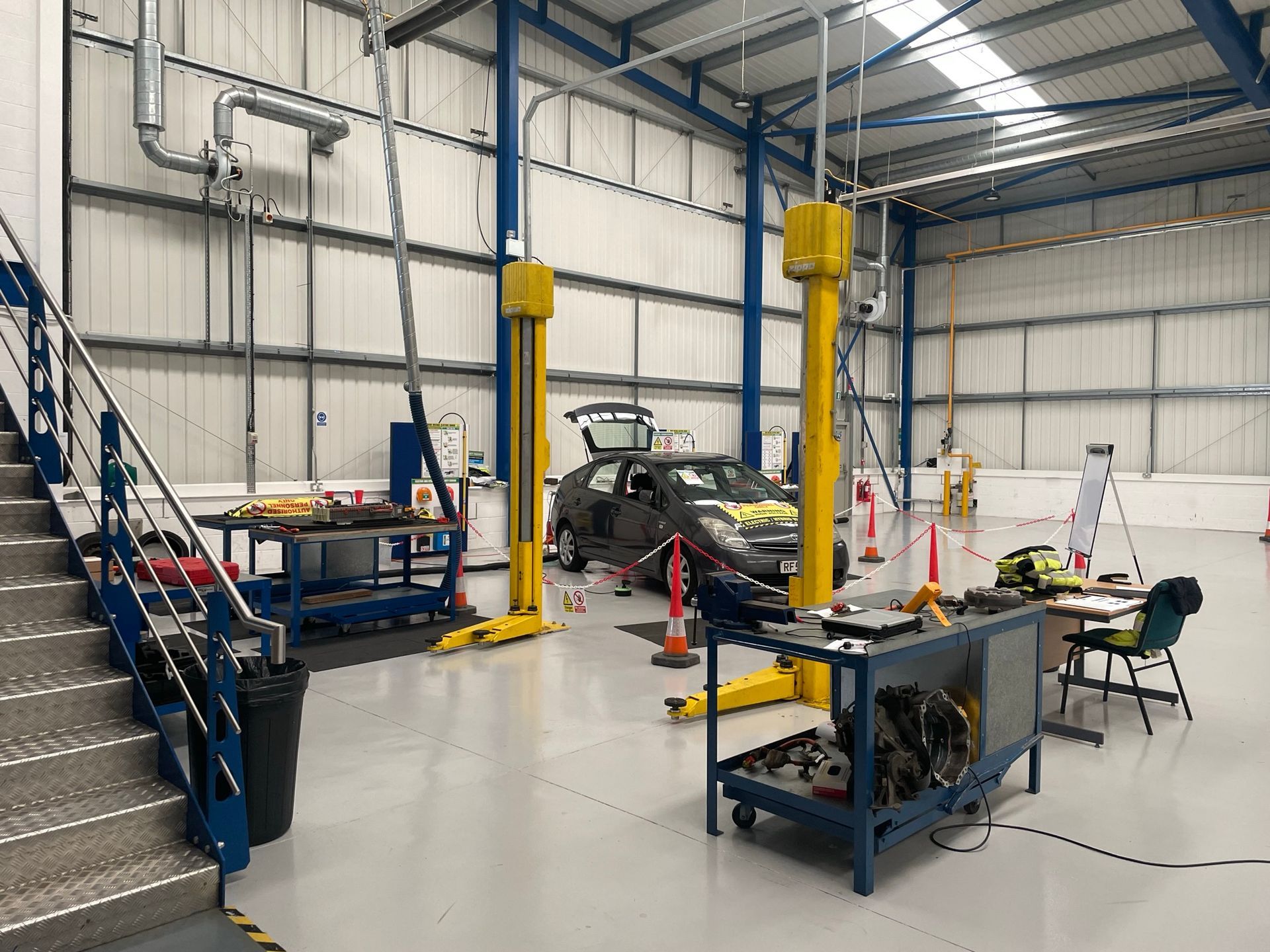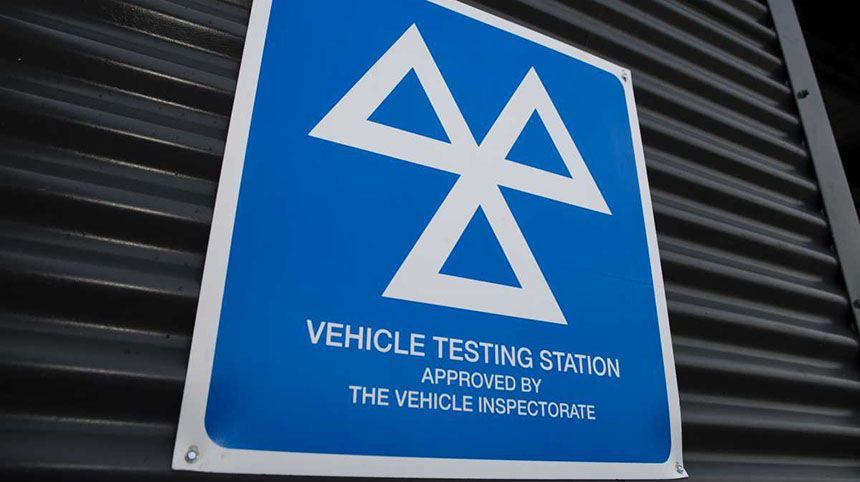The role of an event data recorder in insurance investigations
An event data recorder, also known as an EDR, is a mechanism whereby vehicles record data about what a vehicle was doing immediately before a collision or a near-miss event. They’re similar in nature to a planes black box, although they record less information.
An EDR can record the following:
- Vehicle speed,
- Engine speed,
- Whether a brake pedal or accelerator pedal was being depressed,
- Angle of the steering wheel,
- Whether seatbelts were being worn,
- Which seats were occupied,
- Profile of the occupant of the seat (i.e. child, adult etc),
- And more.
The length of data recorded varies between manufacturers, but it is commonly around the 5 second mark, although it may well be more where a vehicle is involved in multiple collisions.
But how can this data be used in an insurance investigation?
EDR data is generally used in insurance fraud claims. It generally features when insurers are trying to determine the accuracy of claim.
For personal injury claims where the car was alleged to be full, the data can show how many people were present, it can also determine whether they were wearing seatbelts (as if not this can lead to a reduction injury compensation).
For fraudulent claims which are suspected to be staged, it is common to find those involved have a couple of attempts at staging the accidents and every time they do, there will be a record.
As a general rule, where the airbags have deployed, there will be data stored on the vehicle. But a lack of airbag deployment doesn’t automatically mean there won’t be any data.
Events which lead the car to believe it might have to deploy the airbags (called near-miss events) can also cause the vehicle to record information, so things like really hard braking, kerb strikes etc can all lead to data being recorded.
And it’s not only modern vehicles that have EDRs. Some vehicles from the late 90s contain EDR data and the number of vehicles supported is constantly changing.
To find out whether a vehicle you are interested in might have an EDR or not, contact us today at enquiry@drivenforeniscs.co.uk with the registration number, make and model of vehicle and we will search the databases to see whether it might be supported or not.










